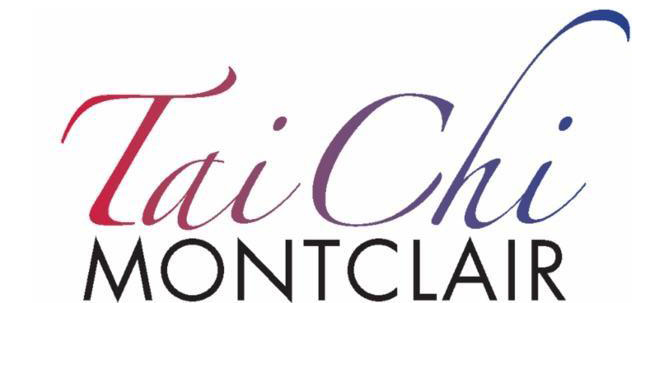Let's Get Inspired
/Originally printed July 24, 2020. The summer edition of the Yang Family Tai Chi Chuan Association Journal has just come out. Most of the articles are a celebration of the life of Master Yang Zhenduo, Master Yang Jun's grandfather, who turned 95 this summer and was supposed to be celebrated by students both in China and in Virginia. Of course that didn't happen. So this issue compiled many long-time teachers' memories of training with him and his grandson Yang Jun in the "early years."
I was struck by the shared observation that Master Yang Zhenduo had a unique ability to inspire excitement in students and recognize that what one student finds exciting might be different from another.
One of you might be excited by the movements as they relate to martial arts; another by the calm and beauty of the form. Others may be very excited by the fact that their knees don't hurt anymore or balance is noticeably better. The echoes of Chinese history, culture, and literature might be inspiring. Just the accomplishment of learning the whole thing--or a part of it--can be so satisfying.
Center Director Andy Lee from the East Brunswick school said, "When you share your own passion, and engage your pupils, ultimately that’s contagious and inspiring. No matter what we were doing, [Master Yang Zhenduo] could find an emotional hook—something personal and relatable—that made us want to dig in. If a teacher can motivate a student to tear through a single move, then they’re doing something right." A key component of his ability to do that is his own humility, which he cultivates in others.

